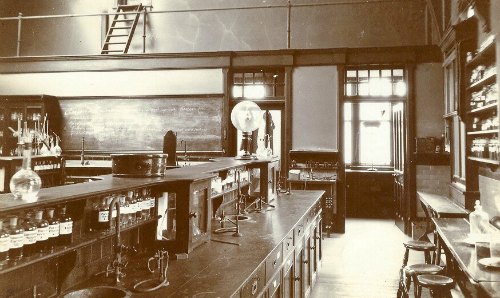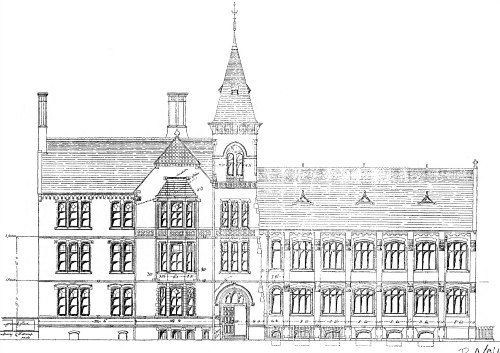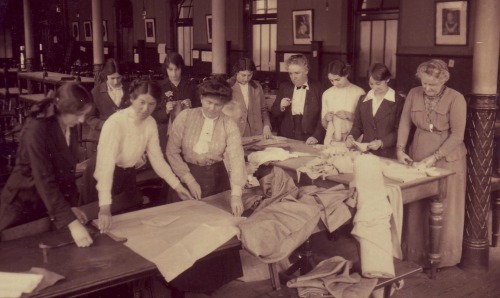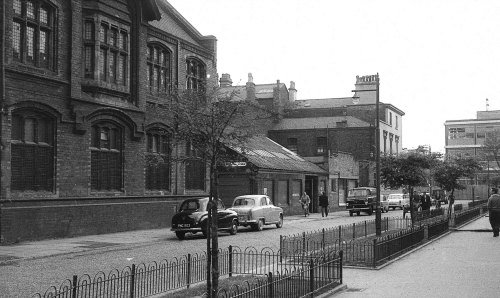Dover Street Building
Built in 1880–81, the Dover Street Building was originally home to the Manchester High School for Girls before being purchased by the University in 1945. For many years, it was home to the departments of politics, economics and social science.

Dover Street has long been of significant historical importance and has been home to many notable people. Between 1832 and 1842 the author Elizabeth Gaskell lived on the street, and between 1865 and 1869 Friedrich Engels lived at numbers 25 and 58. As with many pre-1960s buildings, these residences were demolished as part of the slum clearances and expansion of the University.
The Dover Street Building was constructed in the 1880s as new accommodation for the Manchester High School for Girls. The area at the time was an affluent and desirable part of Manchester – with large houses and tree-lined streets, it was an attractive location for doctors and professionals.

Designed by Mills and Murgatroyd, the Dover Street Building has a gothic style roof. An extension was built in 1886, which added more classrooms, cloakrooms, a lecture theatre, a laboratory and a tower. The tower was demolished in the 1960s to meet the growing University’s need for office space. The School’s laboratory was impressively well equipped, with electric lighting installed in 1906.
During the 1880s, the University began admitting more female students to its programmes and so collaborated with the Manchester High School for Girls in advancing the education of women. All three Pankhurst daughters, Christabel, Sylvia and Adela, attended the Manchester High School for Girls, and Christabel went on to study at the University, graduating from Law in 1906.

By the mid-1930s Manchester had expanded and the affluent residential areas had drifted further south, away from the area around the University. The area also became a less desirable location for the Manchester High School for Girls. The increase in slum and high-density housing in the area and competition from other schools led to a decrease in pupil admissions. This, combined with high building maintenance costs, encouraged the School to look for a new location.
The Second World War acted as a catalyst to hasten the closing of the School at Dover Street, which took place on 2 September 1939. During the war, the building was used as a recruitment centre for the armed forces.

The Victoria University of Manchester purchased the Dover Street Building in 1945, when it was still being used as a recruitment centre. By this time, the area around Dover Street had worsened. However, the slum clearances and expansion of the University to the eastern side of Oxford Road transformed the area as older buildings were demolished and new University buildings erected.
The Dover Street Building was converted for the use of economics, education, music and law. Numerous notable alumni and staff studied or worked in the building including the cricketer Sir Frank Worrell and the economist Sir William Arthur Lewis.
